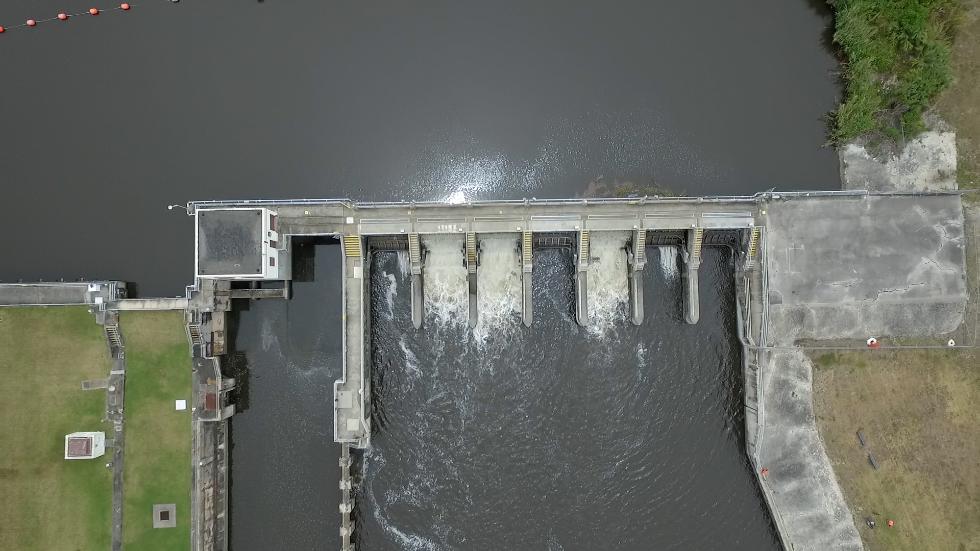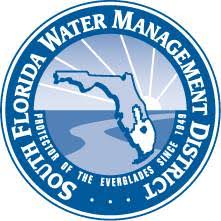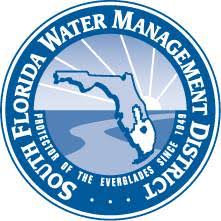(UF/IFAS) — Peanuts cartoonist Charles M. Shultz yielded popularity to an almighty pumpkin in the 1966 animated TV Special “It’s the Great Pumpkin Charlie Brown.” Today, pumpkin popularity for holiday decor, healthy snacking, and scrumptious recipes during fall and winter months has given rise to innovative research led by Geoffrey Meru, assistant professor of vegetable breeding, genetics and genomics at …
Tropical Research and Education Center to Host Open House
(UF/IFAS) — On Dec. 4, the South Florida community has an opportunity to engage in innovative, high-tech research at the UF/IFAS Tropical Research and Education Center (TREC) open house. The center, located at 18905 Southwest 280th Street in the heart of Homestead, is a hub of research and development that helps South Florida be one of the world’s leading agricultural and …
Facts of the Flow: Lake Okeechobee, 2019 Year-to-Date
(SFWMD) — Here is the latest update on inflows into Lake Okeechobee for the calendar year to date. This data is provided by South Florida Water Management District’s DBHYDRO database. There has been no back-pumping into Lake Okeechobee from the Everglades Agricultural Area this year. Source: South Florida Water Management District Sponsored ContentNuseed Carinata Covers New GroundNovember 1, 2024TriEst Ag …
Governor Ron DeSantis Appoints Two to the SFWMD Governing Board
(FLGOV) — Governor Ron DeSantis announced the appointments of Jack Bispham and Seth Weightman to the Southwest Florida Water Management District Governing Board. Jack Bispham Bispham, of Myakka City, is the owner and operator of Red Bluff Plantation. Previously, he was the owner of Bayside Sod from 1988 until 2018. He has served as a Soil and Water Conservation Service …
Governor DeSantis Appoints Benjamin Butler to the SFWMD Governing Board
(FLGOV) — Governor Ron DeSantis announced the appointment of Benjamin Butler to the South Florida Water Management District Governing Board. This appointment fills the final vacancy on this nine-member board. Benjamin Butler Butler, of Lorida, is the manager of Butler Oaks Farm, a family owned dairy farm. Butler Oaks Farm has operated for more than 80 years and has received …
SFWMD Starts Public Process to Revise Rules for Northern Everglades and Coastal Estuaries Water Quality
Schedule of public workshops and interactive website announced where public can participate and provide input as District works to amend a Northern Everglades and Estuaries Protection Program rule (SFWMD) — The South Florida Water Management District (SFWMD) initiated a public rule-making process to support water quality improvements in the Northern Everglades, which includes the Lake Okeechobee Watershed and the St. Lucie …
U.S. Sugar Reiterates Support for EAA Reservoir
(U.S. Sugar) — A letter was sent from U.S. Sugar Corporation to South Florida Water Management District Executive Governing Board Chairman Chauncey Goss regarding U.S. Sugar’s support of the Comprehensive Everglades Restoration Plan, Central Everglades Planning Project, and the EAA Reservoir. Source: U.S. Sugar Corporation Sponsored ContentNuseed Carinata Covers New GroundNovember 1, 2024TriEst Ag Group: Partners in ProfitabilityApril 1, 2024SECURE …
Facts of the Flow: Lake Okeechobee, 2019 Year-to-Date
(SFWMD) — Here is the latest update on inflows into Lake Okeechobee for the calendar year to date. This data is provided by SFWMD’s DBHYDRO database. There has been no back-pumping into Lake Okeechobee from the Everglades Agricultural Area this year. Source: South Florida Water Management District Sponsored ContentNuseed Carinata Covers New GroundNovember 1, 2024TriEst Ag Group: Partners in ProfitabilityApril …
Facts of the Flow: Lake Okeechobee, 2019 Year-to-Date
(SFWMD) — Here is the latest update on inflows into Lake Okeechobee for the calendar year to date. This data is provided by SFWMD’s DBHYDRO database. There has been no back-pumping into Lake Okeechobee from the Everglades Agricultural Area this year. Source: South Florida Water Management District Sponsored ContentNuseed Carinata Covers New GroundNovember 1, 2024TriEst Ag Group: Partners in ProfitabilityApril …
Can a Lower Rate of Hydrogen Cyanamide Be Used in Peaches?
By Tripti Vashisth and Bikash Adhikari The Florida peach industry has an advantage of producing fruit in the early-market window before Georgia and South Carolina fruit hits the market. CHILL HOUR ACCUMULATIONMild winters and fluctuating temperatures in fall continue to be some of the biggest challenges for peach production in Florida. Peach trees are deciduous; therefore, they need a certain …












